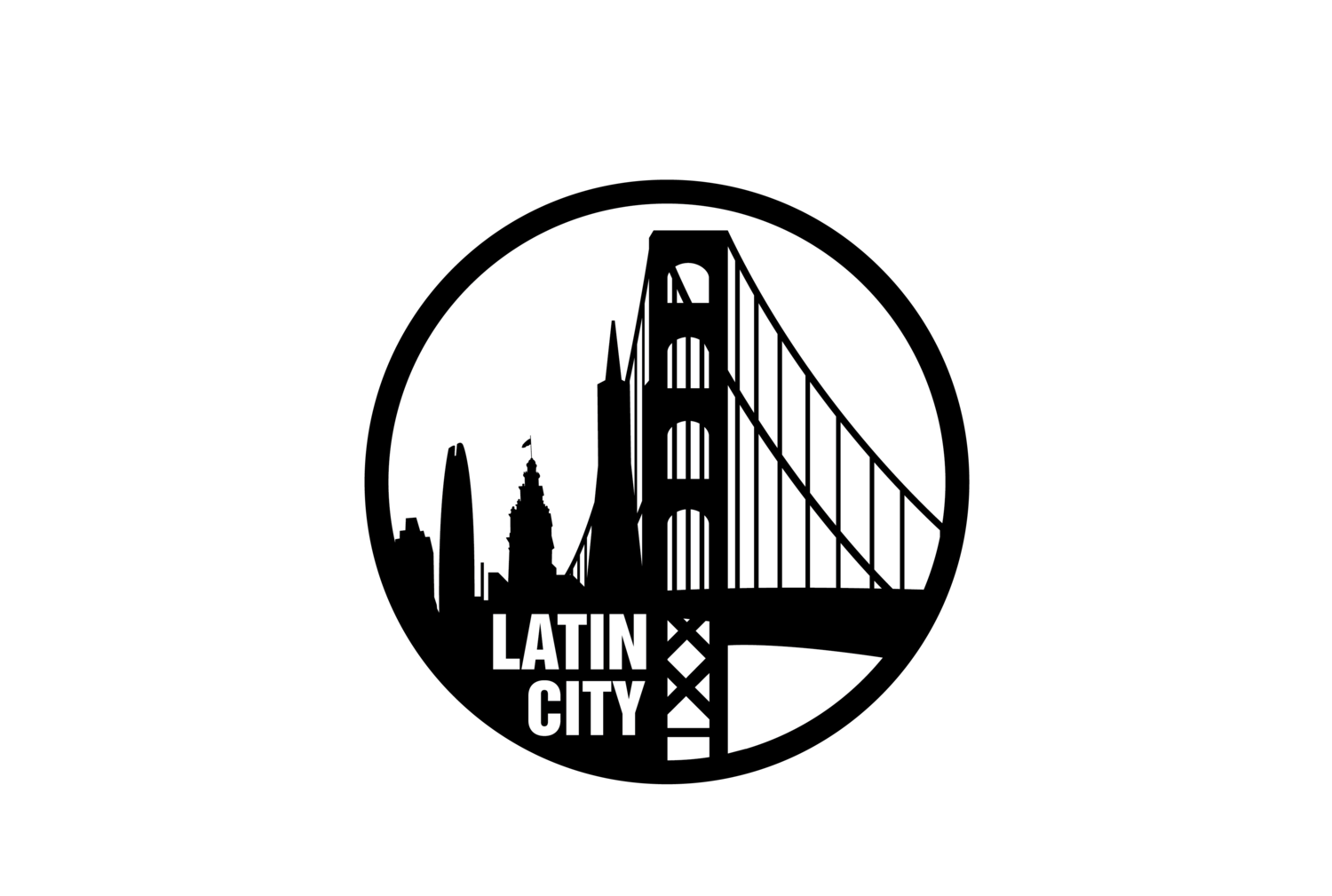African Diaspora: Afro-Peruvian Culture in Peru
Did you know that Peru is home to one of the largest African diasporas in Latin America? In fact, Afro-Peruvians make up around 10% of the Peruvian population. This fascinating community has contributed greatly to the food, music, politics and culture of modern day Peru. In this blog post, we will explore some of the most interesting facts about Afro-Peruvian culture.
Did you know that the Afro-Peruvian community is largely concentrated in the coastal regions of Peru? This is because many Africans were brought to Peru as slaves during the colonial era. As a result, Afro-Peruvian culture has been heavily influenced by West African cultures. The Afro-Peruvian communities are mostly concentrated in the cities of Lima and El Callao. In these communities Afro-Peruvian thrive in many fields, but mostly work in the hospitality industry.
Afro-Peruvian Music
One of the most famous aspects of Afro-Peruvian culture is its music. The best known type of Afro-Peruvian music is called "lando." Lando is a style of music that combines African rhythms with Spanish melodies and instruments. Another popular type of Afro-Peruvian music is called "festejo." Festejo is a faster, more upbeat version of lando. A famous instrument used in these two genres of music is the "Cajon." The Cajon is a wooden box that is played with the hands.
Some famous Afro-Peruvian musicians are Susana Baca, Eva Ayllon, and Nicomedes Santa Cruz. Victoria Santa Cruz was one of the first Afro-Peruvian women to achieve mainstream success as a musician. Afro-Peruvian music has become more popular in recent years, both inside and outside of Peru. Modern day Peruvian music is heavily influenced by Afro-Peruvian music.
Afro-Peruvian Food
Afro-Peruvians have also made a significant contribution to Peruvian cuisine. Afro-Peruvian cuisine is one of the most unique and flavorful cuisines in the world. It is a mix of West African, European and Andean influences. Some of the most popular Afro-Peruvian dishes include ceviche, arroz con pollo, tacu-tacu and picante de cordero. Tacu-tacu consists of beans, rice and meat (usually beef or pork) all fried together in a single dish. Picante de cordero is a spicy lamb stew that is popular in the Lambayeque region of Peru, it is served with rice, potatoes and a type of corn called choclo.
One of the most famous Afro-Peruvian dishes are sopa seca and carapulcra, both of which are made with dried potatoes. Sopa Seca is a hearty, meat-based soup, while Carapulcra is a stew made with red beans, pork and dried potatoes. Lima’s unique comida criolla consists of dishes like pollo a la brasa (grilled chicken) and arroz con pollo (chicken and rice), both of which were popularized by Afro-Peruvian cooks.
Anticucho is another dish that is popular in Lima that was popularized by Afro-Peruvian cooks. Anticuchos are skewers of grilled beef heart that are marinated in a Peruvian sauce called Aji Amarillo. Afro-Peruvians have contributed greatly to the cuisine of modern day Peru, and their influence can be found in many of the country’s most popular dishes.
One of the most respected chefs in Peru was Teresa Izquierdo, she was an Afro-Peruvian woman from the city of Lima, better known as "the mother of Peruvian cooking". Teresa was known for her inventive use of ingredients and her ability to fuse together different culinary traditions. She is credited with popularizing many dishes that are now staples of Peruvian cuisine, such as ceviche, tacu tacu, and arroz con pollo.
Afro-Peruvians in Politics
Afro-Peruvians have also played an important role in Peruvian politics. In the early 1990s, a political party called Frente Negro del Peru (FREP) was founded to represent the interests of Afro-Peruvians. The Frente Negro del Peru was the first political party in Peru to be led by Afro-Peruvians.
In 2009 the Peruvian government formally apologized to the Afro-Peruvian community for the discrimination and violence they have faced throughout history. The apology was made just after the 150th anniversary of the abolition of slavery in Peru. While this was a great step in the right direction, racism is still a problem in Peru.
A number of Afro-Peruvian organizations have been created to help combat racism and promote Afro-Peruvian culture and rights. These organizations include the Afro-Peruvian Center for Documentation and Information (CADAF), the Peruvian Network of Black Women (REMUMPERU), and the Association of Afro-Peruvian Artists (ASPAA). While these organizations do a great amount of work to combat racism, Black Face is still commonly used in Peruvian media and popular culture.
Every year on June 4th, Afro-Peruvian Day is celebrated in Peru. This holiday was created to celebrate Afro-Peruvian culture and to raise awareness of the discrimination and racism that Afro-Peruvians face. Afro-Peruvian Day is a time for Afro-Peruvians to come together and celebrate their culture and history.
In recent years, Afro-Peruvians have been elected to positions in both the Peruvian government and congress. These people are working to help improve the lives of Afro-Peruvians and to promote Afro-Peruvian culture and needs.
While Afro-Peruvians have faced a lot of discrimination, they have also made many important contributions to Peru. From their cuisine to their politics, Afro-Peruvians have had a significant impact on the country. Afro-Peruvian culture is an important part of Peruvian history and should be celebrated by all Peruvians.

